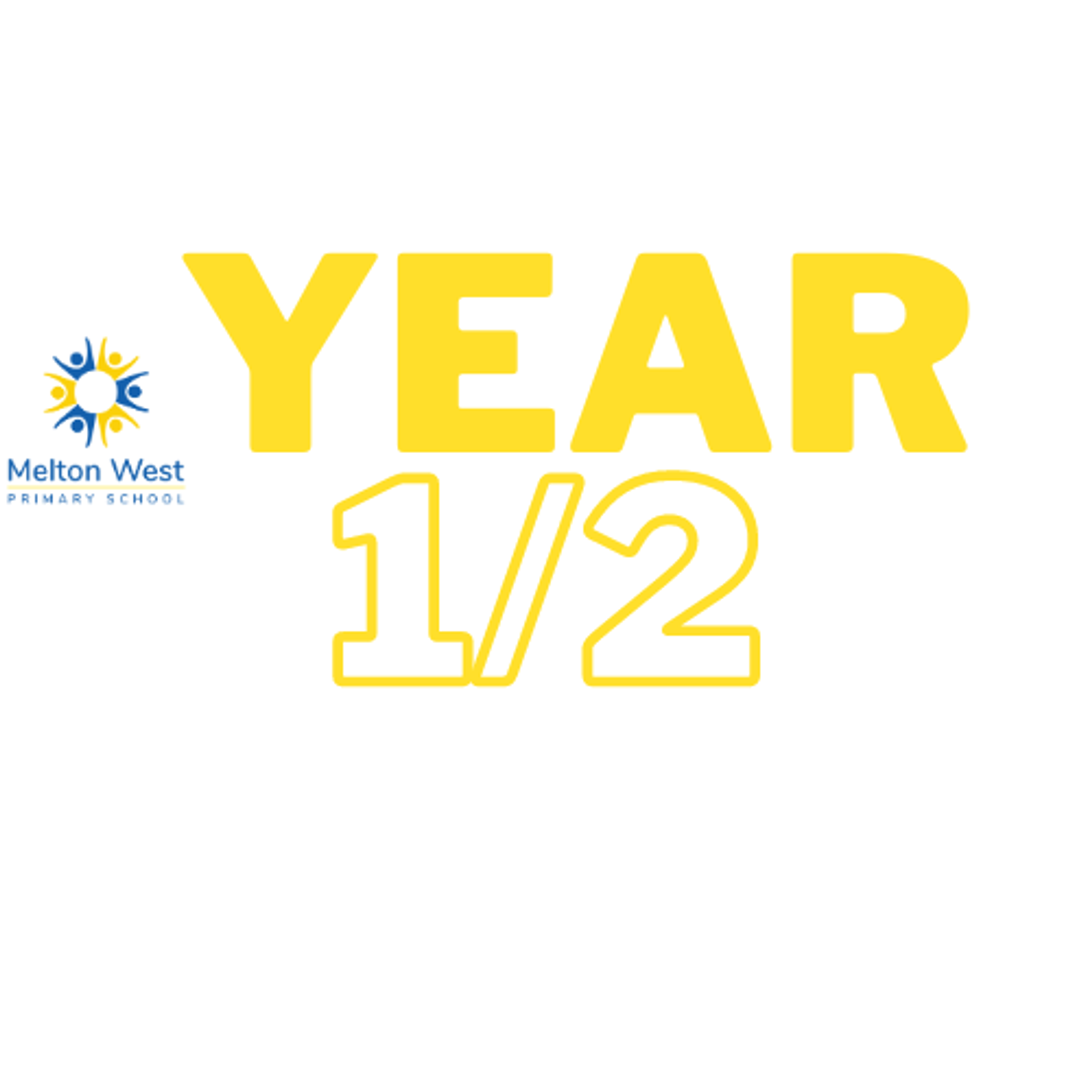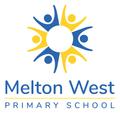Year 1/2 News

Literacy
In Literacy students will continue to participate in a 2-hour literacy block with a focus on areas such as phonological awareness, phonics, fluency, reading comprehension, and writing.
After their daily phonics lessons students will listen and respond to fiction stories with an oceans and sea animals theme. Before, during and after reading students will learn to use comprehension strategies, such as visualising, predicting, connecting, summarising and questioning. They will also learn to use context clues and their prior knowledge to infer meaning. During this time students will also be learning about writing narratives. Students will explore the structure of a narrative and focus on planning and sequencing their ideas. While planning a narrative students will focus on determining the characters and the setting, the problem, and the events and solution. Students will continue to develop their understanding of the use of capital letters and full stops, and apply simple revising/editing strategies during the development of their narratives.
Later in the term students will explore non-fiction texts about sea creatures. When reading non-fiction texts, students will be exploring the different structures and features such as headings and subheadings, contents page, glossaries, pictures and diagrams, and captions and labels. Students will then write information reports on this topic.
Throughout the term students will continue to learn new vocabulary, including subject-specific/technical words and the strategies they can use to help clarify unfamiliar words in a text.
Mathematics
Throughout this term in mathematics, students will be learning about Addition and Subtraction. During this unit the students will be learning about different strategies that they can apply to solve addition and subtraction problems. These strategies include counting all, counting on, tens facts, skip counting and doubles.
Alongside this unit the students will be learning about Length, Time, and 3D Shapes. Starting with Length, students will use informal units of measurement such as hands and feet to measure the length of various objects inside and outside the classroom. While learning about Time students will practice telling the time to the hour and look at half past times, on both analogue and digital clocks. To end the term the students will be learning about 3D shapes. Students will experiment with different 3D shapes and their features, while learning to use vocabulary such as faces, edges and corners to describe them.
Throughout the term, students will continue to revise their understanding of Place Value.
Inquiry
During Term 2, students will be exploring the unit ‘Lean on Me’. Students will focus on understanding how to develop and keep positive relationships, different types of relationships and how we resolve conflict in a positive and respectful way. By completing a range of tasks throughout Term 2, students will have a better understanding of how positive relationships enrich our lives and foster positive communities.
Science
This term in Science, students are focusing on the Earth and Space Science strand where they will be learning about the features in our environment, both land and sky, and observing the constant changes that occur.
Students will look closely at our school and local surroundings. Students will learn the difference between man-made features and natural features that occur in our environment. Students will identify the natural changes that take place in the sky, focusing on the sun’s changing position and the phases of the moon. Students will finish the unit by exploring how animals are affected by changes in the weather and investigating why some animals hibernate.
Students will participate in various activities, including whole-class activities, individual hands-on and through information technology and small practicals for hibernation.
Looking forward to some awesome contributions from our Grades 1 and 2!
LOTE-AUSLAN
Welcome to Term 2 Auslan! During this term we will learn about: – Food/Lunch, Inside Appliances, Medical #2,Fingerspelling, Camping, Birds, Materials, HOLM + NMF #2, Constructed Action/RoleShift and Revision. The students will continue combining signs to build their Auslan communication. With the videos, presenting new learning & revising past learning, we will incorporate stories and poems with activity games for practice. The continued use of the AES wristbands will assist students in the correct usage of their preferred/dominant hand when signing. This will develop good habits with correct hand
usage and minimizes ‘hand crossover’. Constructed Action/mime will be a feature this term, where students will be encouraged to use their bodies and facial expression to extend their Auslan communication. This is a rich feature of the Auslan Language. The Revision lesson will introduce the life stories of some Deaf people and their culture.At this level the students are beginning to gain confidence in both signing (Expressive) and understanding others’ signs (Receptive).
Art
Welcome to Term 2 Art! This term Grade 1 and 2 will explore the elements of line and shape. Students will learn how to form different lines (straight, wavy, curly, zigzag and spiral) to make shapes. They will also identify and describe horizontal, diagonal or vertical lines. Learning these skills will provide opportunities for students to make connections with the environment and everyday objects when they are drawing lines e.g. drawing wavy lines can create waves in a sea landscape. Students will look at the artworks of famous artists such as Joan Miro and apply their knowledge of lines and shapes to analyze how these have been used in their work. They will use different mediums and describe the lines and shapes they have used to create their own artworks.
Looking forward to some fantastic creativity from Grade 1 and 2 and to exploring these wonderful elements of Art!
P.E
This term, our Grade 1/2 students will be focusing on soccer and athletics to develop a range of fundamental motor skills. During the soccer unit, we’ll concentrate on kicking, ball control, passing, and shooting, with an emphasis on applying these skills in simple gameplay situations. Students will also practise working as a team and using problem-solving strategies to be successful during games. They’ll learn how to dribble with control, pass accurately, and shoot with purpose, all while building confidence and enjoyment in the sport. After soccer, we’ll shift our focus to athletics, where students will participate in a variety of events commonly seen in school athletics carnivals. This will include throwing events such as shot put and discus, allowing students to explore different techniques and movements in a fun and supportive environment. I’m looking forward to another exciting term with our Grade 1/2 students—they bring great energy to each session and make PE a joy to teach!
